Marketing of Fashion: Charles & Keith's Strategy for Thailand Market
VerifiedAdded on 2020/04/15
|5
|893
|943
Report
AI Summary
This report examines Charles & Keith's marketing strategy for entering the fashion market of Thailand, specifically targeting Bangkok. The report begins by outlining the company's objectives, which include targeting the upper-class customer segment with premium fashion accessories like shoes, bags, and jewelry, while leveraging fashion shows and magazines for promotion. The target market is identified as the competitive Thai market, with a focus on Bangkok as the fashion capital, and secondary markets in neighboring Asian countries. The report then delves into market positioning, suggesting Charles & Keith should position itself as a manufacturer of premium, environment-friendly fashion statements, potentially collaborating with designers at events like Bangkok Fashion Week. The marketing mix is analyzed, focusing on the product line (shoes, bags, and accessories), pricing strategy (skimming), physical and digital presence, and promotional activities. The report references several sources to support its analysis.
1 out of 5
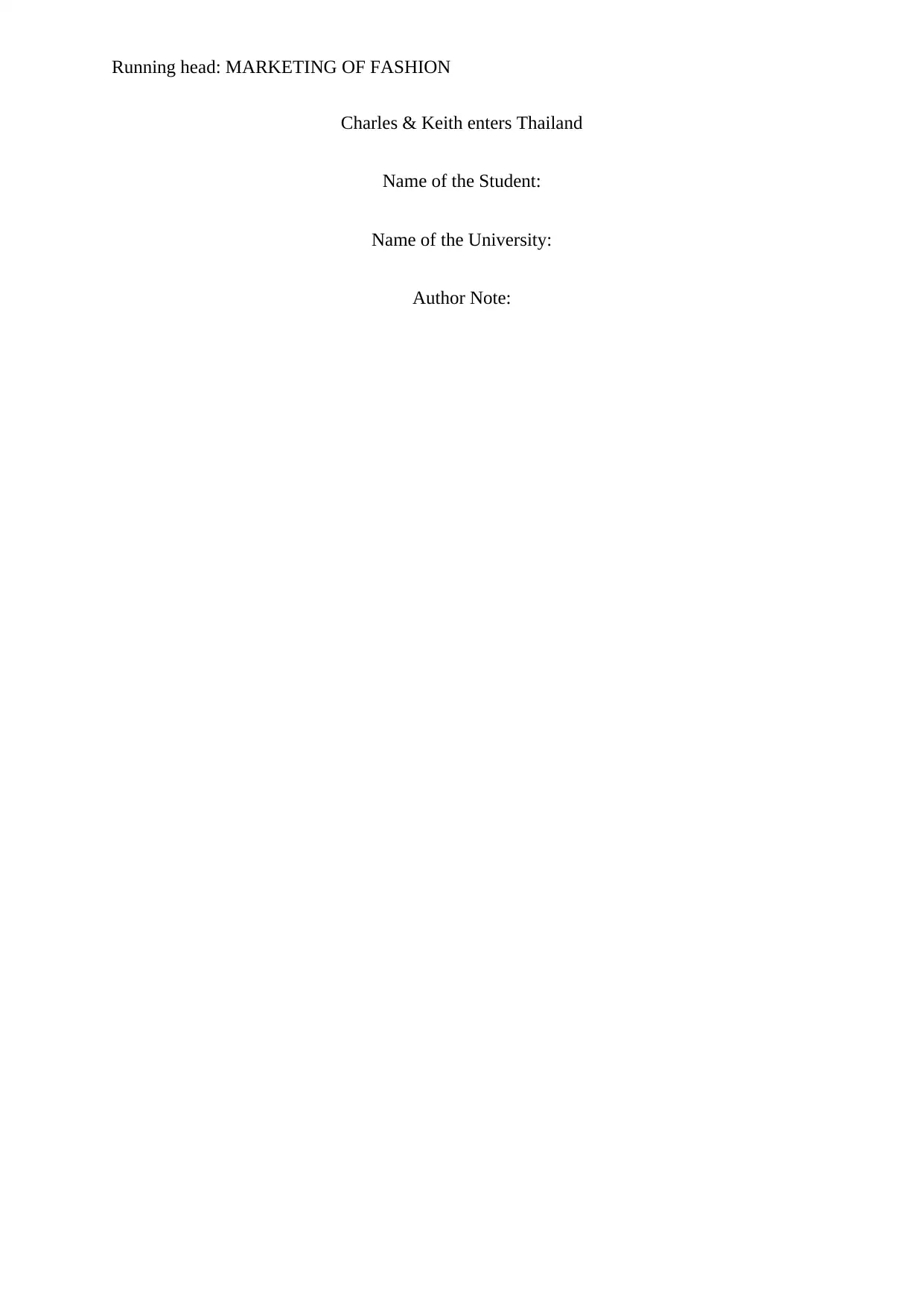
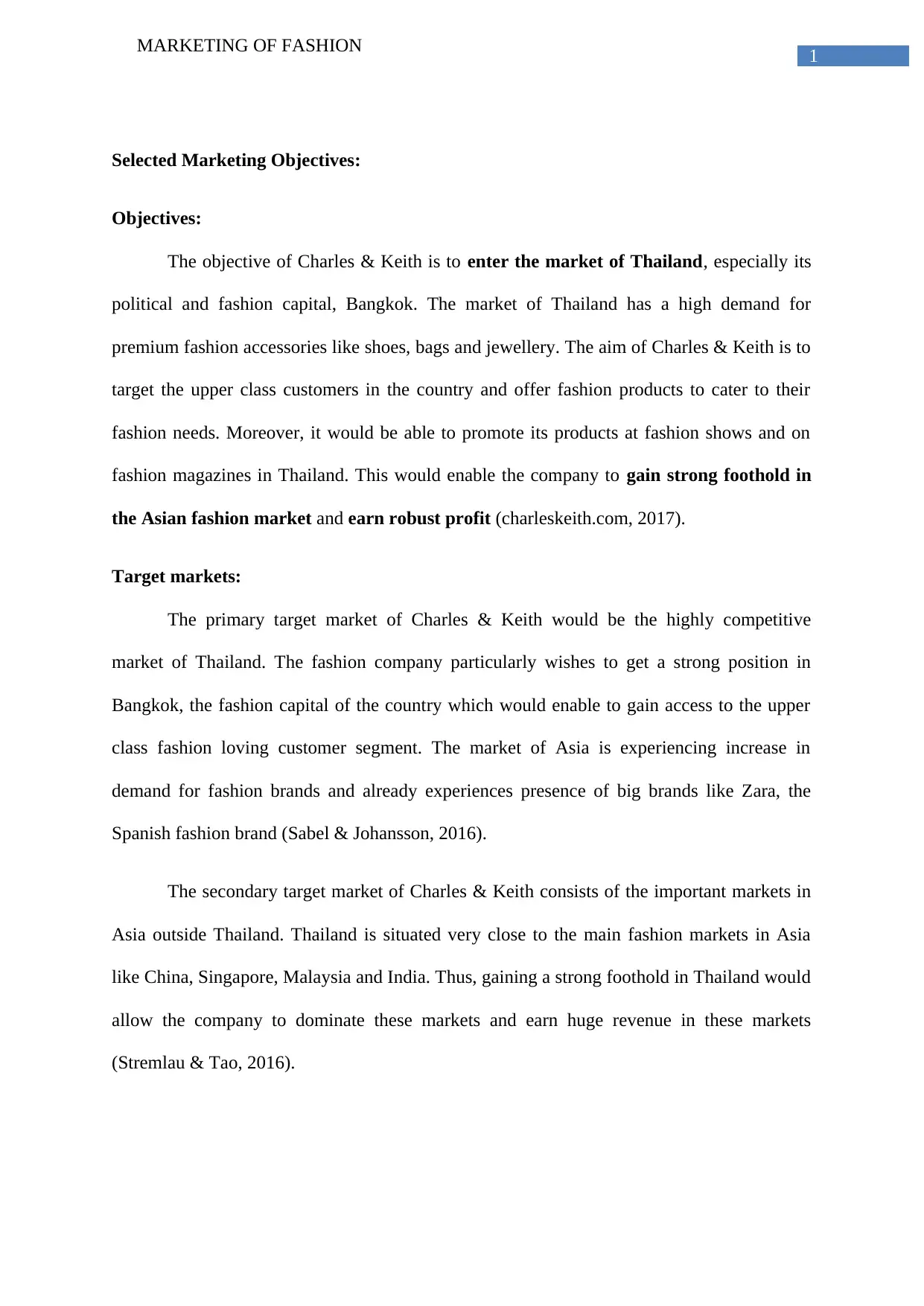
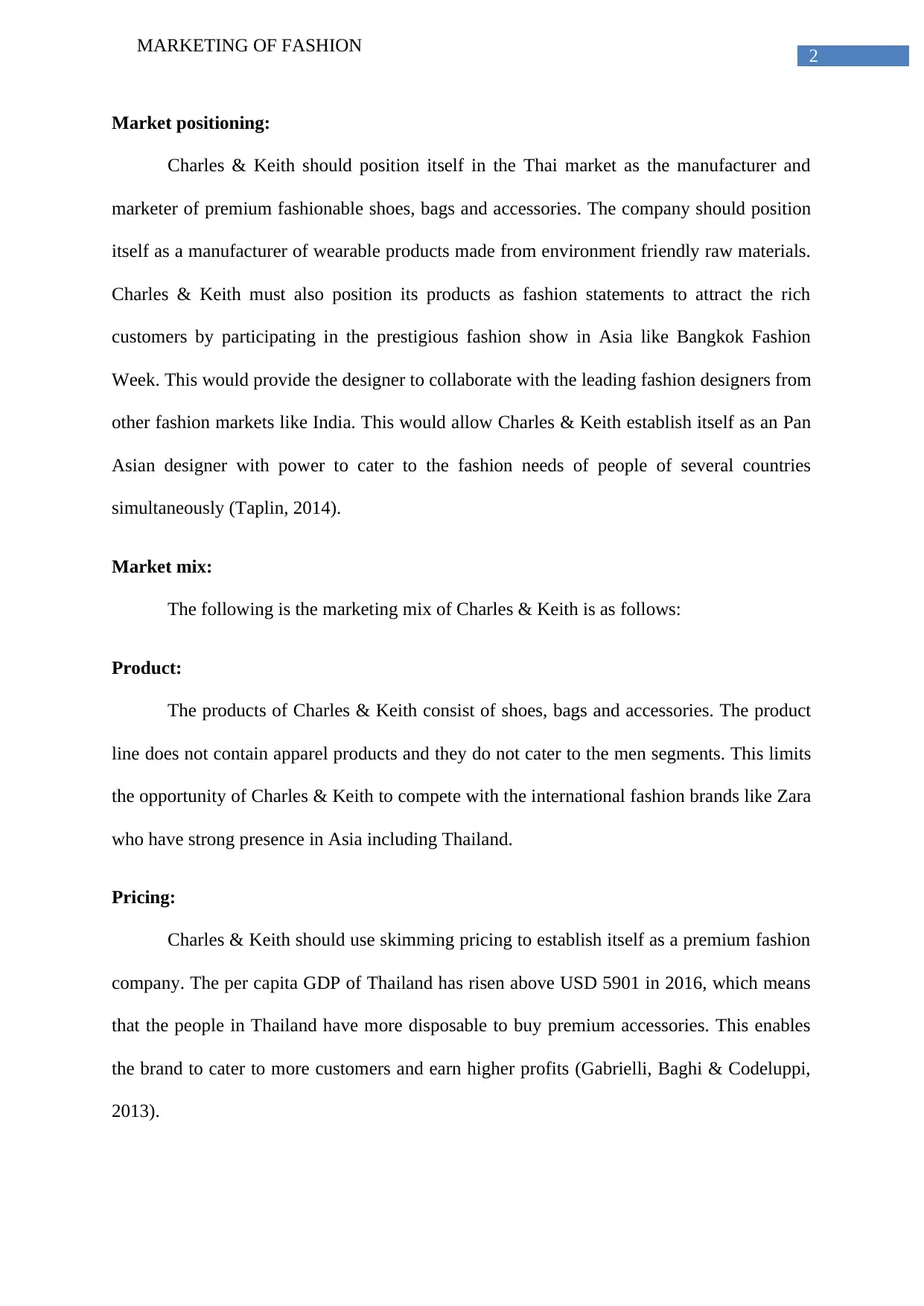

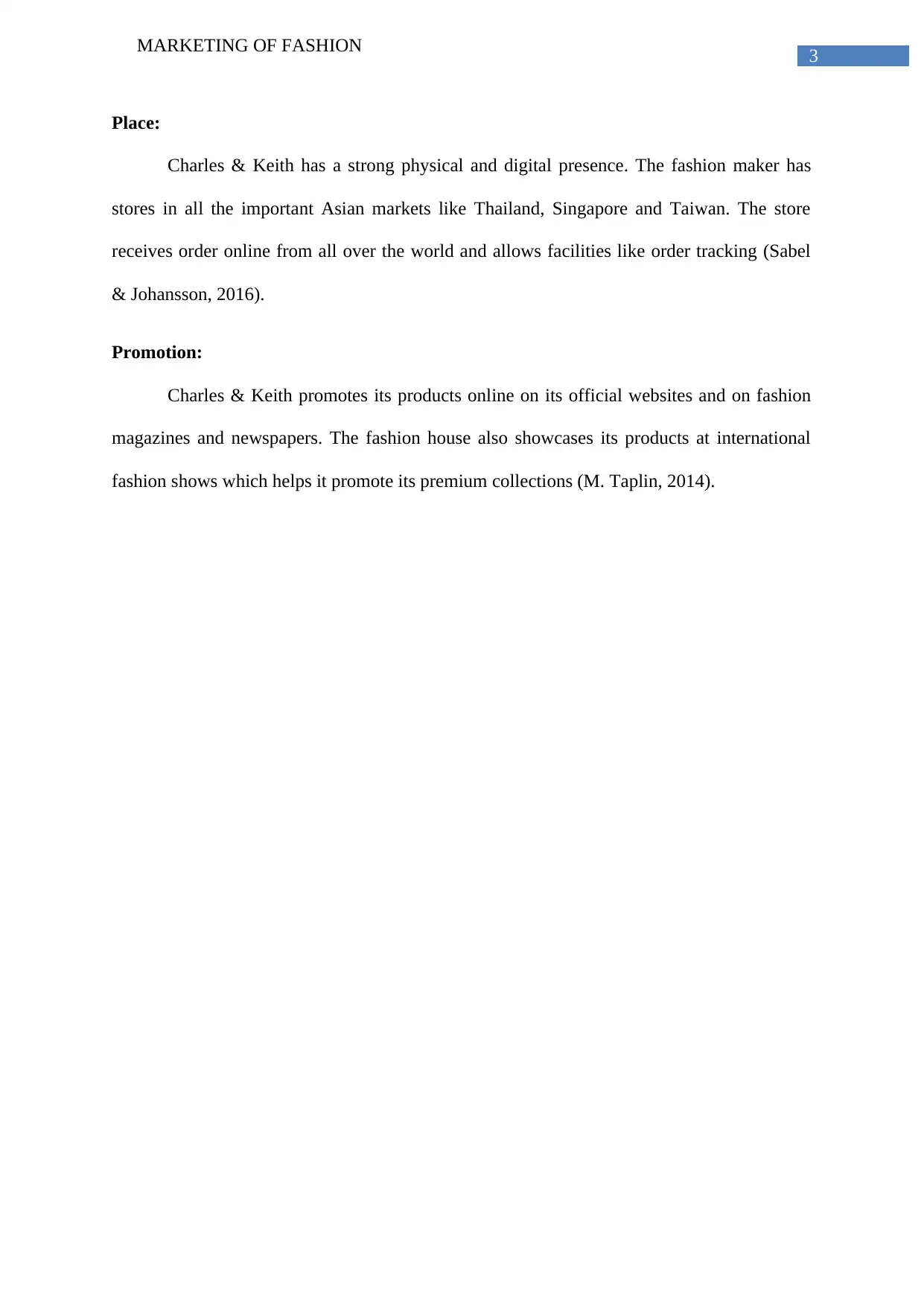
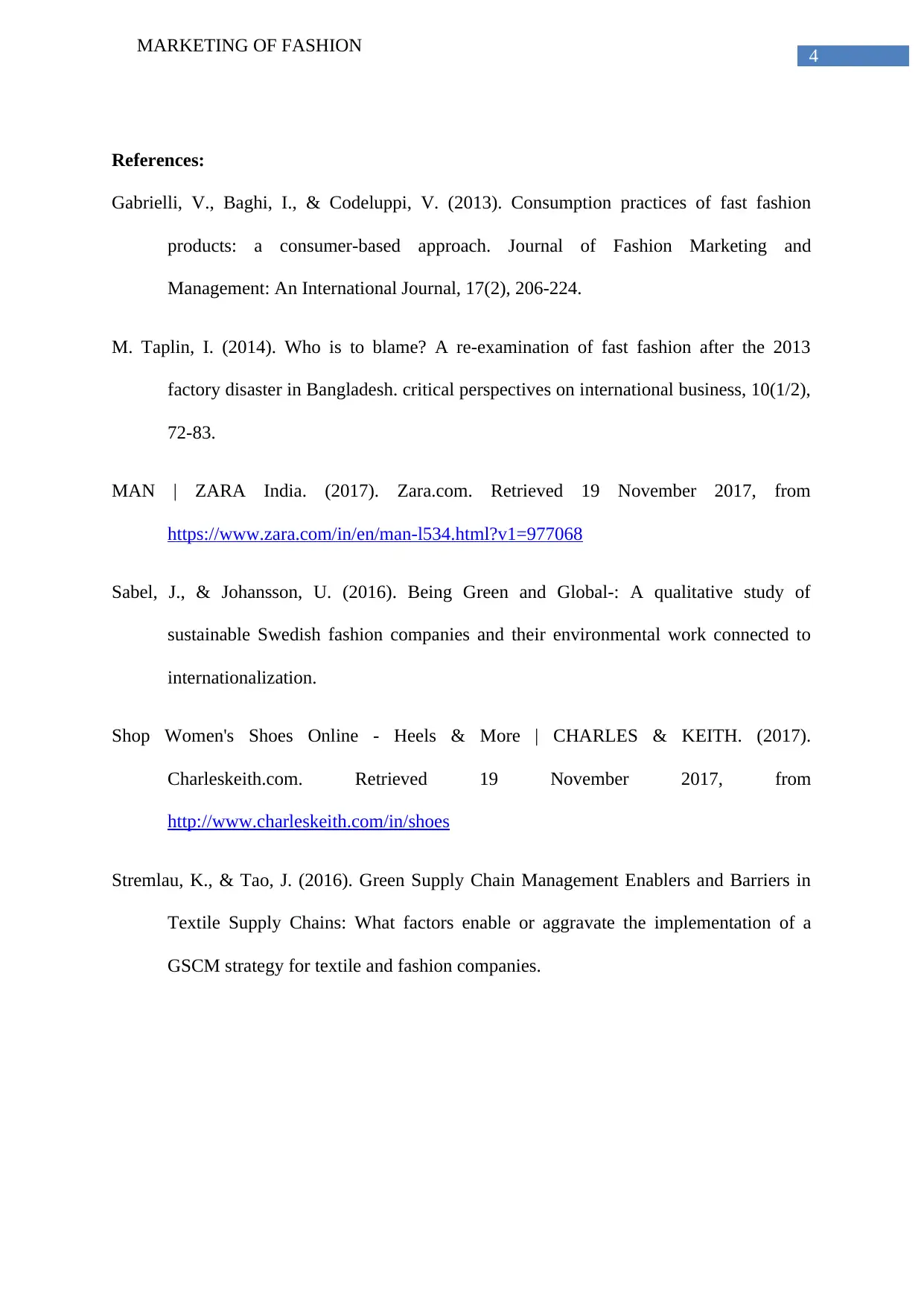




![[object Object]](/_next/static/media/star-bottom.7253800d.svg)